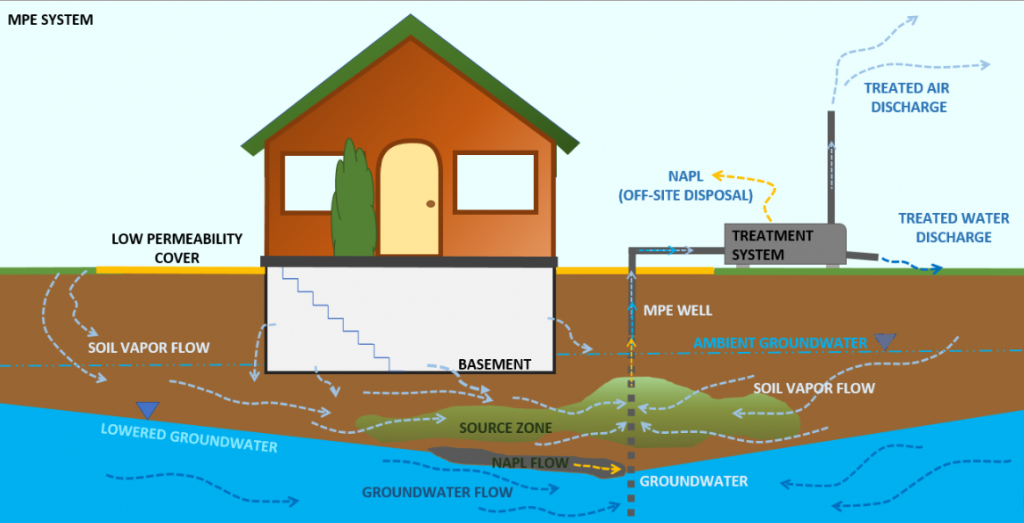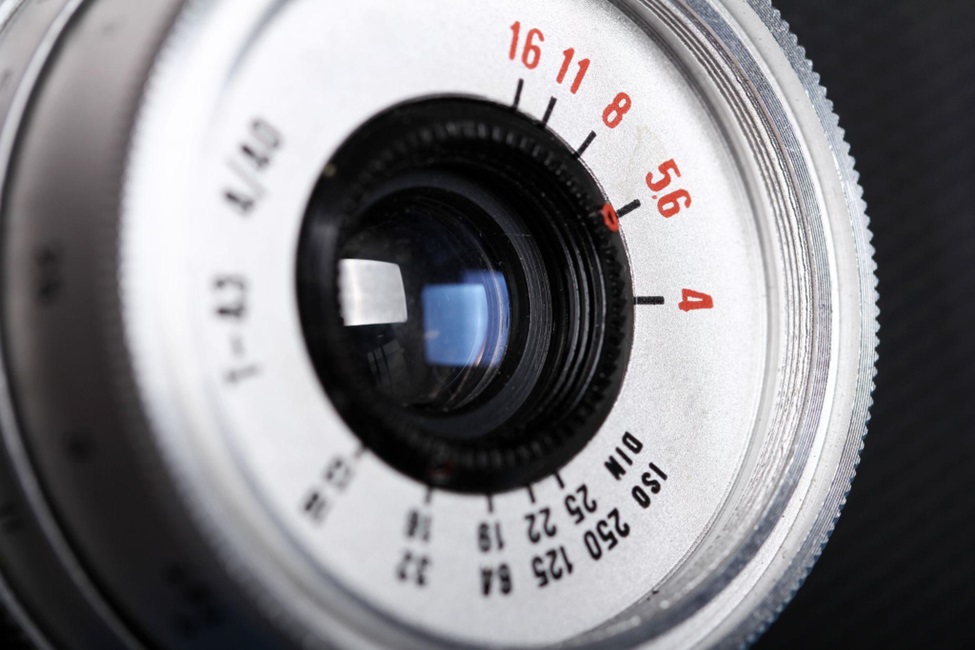When it comes to safeguarding indoor air quality and shielding occupants from harmful vapors, choosing the right vapor mitigation system is a critical decision. Whether you are dealing with volatile organic compounds (VOCs), commercial radon, or other hazardous vapors, several key factors must be considered to ensure the selection of a viable and tailored mitigation solution.
Site Assessment and Testing: A comprehensive site assessment and testing are crucial for evaluating the degree and nature of vapor intrusion. Leading soil gas testing, sub-slab testing, and indoor air quality assessments will provide essential data to determine the severity of the issue and guide the design of a powerful mitigation system. This step is foundational to tailoring the solution to the specific conditions of the site.
Regulatory Compliance: Adherence to local and federal regulations is paramount. Various regions may have specific guidelines and requirements for vapor mitigation systems. Ensuring compliance with these regulations safeguards occupants and the climate, as well as preventing legal complications. Choosing a system that meets or exceeds regulatory standards is a critical consideration in the decision-making process.
Type of Contaminants: The first step in choosing a vapor mitigation system is to understand the specific contaminants you are dealing with. Various systems are designed to address various types of vapor. For instance, in the event that the primary concern is radon gas, a commercial radon system may be required. Recognizing the nature of the contaminants will guide you in selecting the most appropriate and proficient system for your special situation.
System Design and Efficiency: The design of the vapor mitigation system is a key factor in its effectiveness. Factors such as the structure’s architecture, soil conditions, and the concentration of contaminants impact the design. A very well-designed system should effectively capture and divert vapors away from consumed spaces, ensuring that indoor air quality is maintained at safe levels.
Cost Considerations: While cost should not be the sole determining factor, it is a practical consideration. Evaluate the forthright costs, installation expenses, and long-term maintenance costs associated with various vapor mitigation systems. Balancing the initial investment with the continuous operational expenses will assist you in choosing a solution that aligns with your budgetary constraints.
Choosing a vapor mitigation system requires careful consideration of the contaminants in question, an exhaustive site assessment, adherence to regulations, proficient system design, long-term sustainability, and cost-effectiveness. By focusing on these key factors, you can make an educated decision that ensures the safety of occupants, protects indoor air quality, and meets regulatory requirements.







